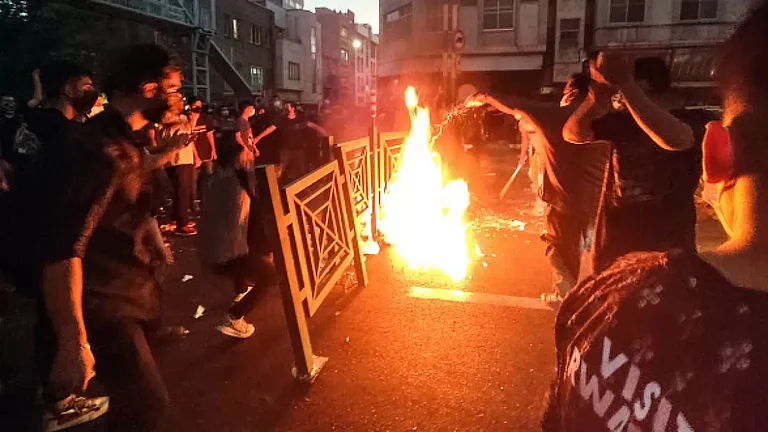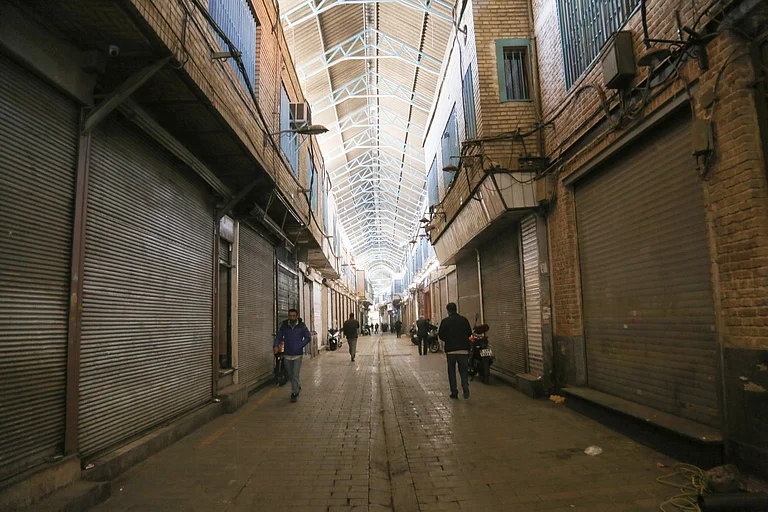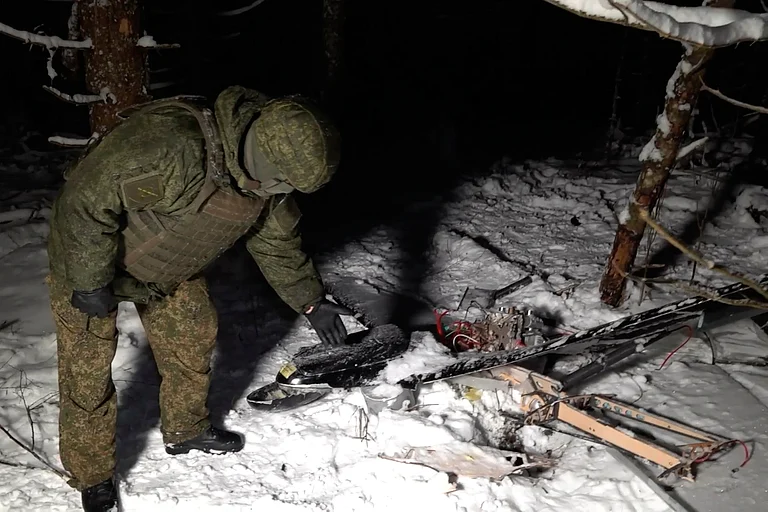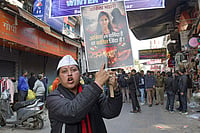Moscow’s bombardment of Ukraine’s energy facilities throughout its three-year war, despite avoiding direct strikes on Ukraine’s nuclear plants, led to immense consternation and fears of nuclear fallout. But the strikes by Israel on an Iranian nuclear facility in Natanz and Esfahan on 13 June 2025, though unconfirmed by Iran, have had no such response.
Is it a sign of the double standards of the West that wars between nuclear armed states are seen from a different lens, depending on who is fighting them? When India and Pakistan fought across their borders during Operation Sindoor in May 2025, many commentators predicted the region was at risk of nuclear war. That had the United States, as President Donald Trump indicated, take credit for averting nuclear war by intervening in the conflict. (India has denied any risk of nuclear escalation as well as US intervention.)
But the responses to Israel’s attacks on Iran’s nuclear facilities have been a study in contrasts: several clarifications have ensued from Western commentators and published in the media that the underground enrichment halls—where the fissile material is kept in Natanz—appear unscathed despite Israeli bombardment.
And now, there’s news that Trump might disregard his own intelligence community to join Israel’s campaign and even target Fordo, an underground nuclear facility in Iran. Why is the world not talking about the nuclear threat as loudly as in May 2025 regarding India and Pakistan, or since 2022 regarding Russia and Ukraine?
Even three years into the Russia-Ukraine conflict, in February 2025, the International Atomic Energy Authority (IAEA) has been warning of nuclear risk from Russian attacks.
‘I’m at Kyivska electrical substation—an important part of Ukraine’s power grid essential for nuclear safety,’ IAEA director general Rafael Grossi wrote on X on 4 February 2025. ‘A nuclear accident can result from a direct attack on a plant, but also from power supply disruption,’ he wrote.
The risks in Europe, therefore, seem to come not just from direct attacks on a nuclear facility, but from the power grid that might support it. This is because even if a nuclear plant is powered down, its reactor and fuel still need fuel supplies to keep it cool. Even battles in the vicinity of a nuclear facility are, therefore, considered high risk.
But on 16 June 2025, roughly five days after the attacks on Natanz, Grossi stated that there has been ‘no additional damage’ at the Natanz fuel enrichment site since the 13 June 2025 attack, though it had ‘destroyed the above-ground part’ of the plant. This is where Iran is supposedly producing uranium enriched up to 60 per cent, or close to weapons grade.
An electrical substation, including the backup power generators were also destroyed, he confirmed, while adding, ‘There has been no indication of physical attack on underground facilities including the enrichment plant.’
Though the IAEA chief confirmed that loss of power may have damaged the centrifugal systems, he held that the level of radioactivity outside the Natanz facility has remained unchanged and at normal levels. He confirmed both radiological and chemical contamination within the plant, but told the IAEA board of governors in Vienna that the risk can be managed with ‘proper protective measures’ worn within the plant.
At Esfahan, four buildings were damaged in Israel’s attack—the central chemical laboratory, the uranium conversion lab, the fuel manufacturing plant, and a metal processing facility, (under construction). ‘As in Natanz, the off-site radiation levels remain unchanged,’ Grossi said in the same briefing.
He said the IAEA would ‘not stand idly’ as the conflict between two IAEA member states escalates, as it did not in the Ukraine-Russia military conflict.
Similarly, during the Russia-Ukraine conflict, the United Nations had warned of the prospect of nuclear accident being ‘dangerously close’ when the Zaporizhzhia power plant in Ukraine, which Russia had occupied in March 2022, came under attack.
Russia and Ukraine had both blamed each other for the initial attack on the Zaporizhzhia facility—Europe’s largest nuclear plant.
While Russia had said it could not have orchestrated an attack on a plant under its own control, Ukraine had vociferously levelled the allegation of ‘false flag’ operation against Russia.
After another attack, which took place on 7 April 2024, just over two years into the Russia-Ukraine conflict, the IAEA had again rung alarm bells. At a UNSC meeting held on 15 April 2024, several members had reiterated that Russia return the facility to Ukraine’s control.
The IAEA chief, still Grossi at the time, had warned the United Nations Security Council (UNSC), ‘Let me put it plainly—two years of war are weighing heavily on nuclear safety at Zaporizhzhia Nuclear Power Plant.’ He also said, ‘These reckless attacks must cease immediately.’
In May 2023, the IAEA had established five principles in the UNSC to prevent a nuclear accident at Zaporizhzhia—there should be no attack on the plant, it should not be used to store weapons or military personnel, off-site power to the plant should not be put at risk, and all the structures and components essential to the plant’s safe operation should be protected from attack, and these four principles should not be violated.
In the case of the strikes in Iran last week, the loss of power—a violation of the third of its own principles—has been confirmed by the IAEA itself, whereas the Zaporizhzhia plant has been powered down, though water and electricity are still supplied to it to cool the fuel rods and reactors. It is also being closely watched by the nuclear watchdog’s inspectors. How, then, is the threat perception of nuclear war stronger in Russia and Ukraine than in Israel and Iran? Is it that Israel can count the United States as its closest ally, and its Prime Minister, Benjamin Netanyahu, has the complete support of the US? After all, he recently thanked Trump for the US’s continued support in the conflict with Iran.
Even during Operation Sindoor, the IAEA had (on 15 May) stepped in to confirm there had been ‘no nuclear leak’. But in the case of India and Pakistan, nuclear facilities had not been targeted in the first place, whereas in Iran, they have been—and more seem in the offing. To target Fordo will, going by reports, require Washington’s support, including the bunker-buster bombs that can penetrate its defences. Why, then, are alarm bells not ringing alerts of threat of nuclear leaks?


























